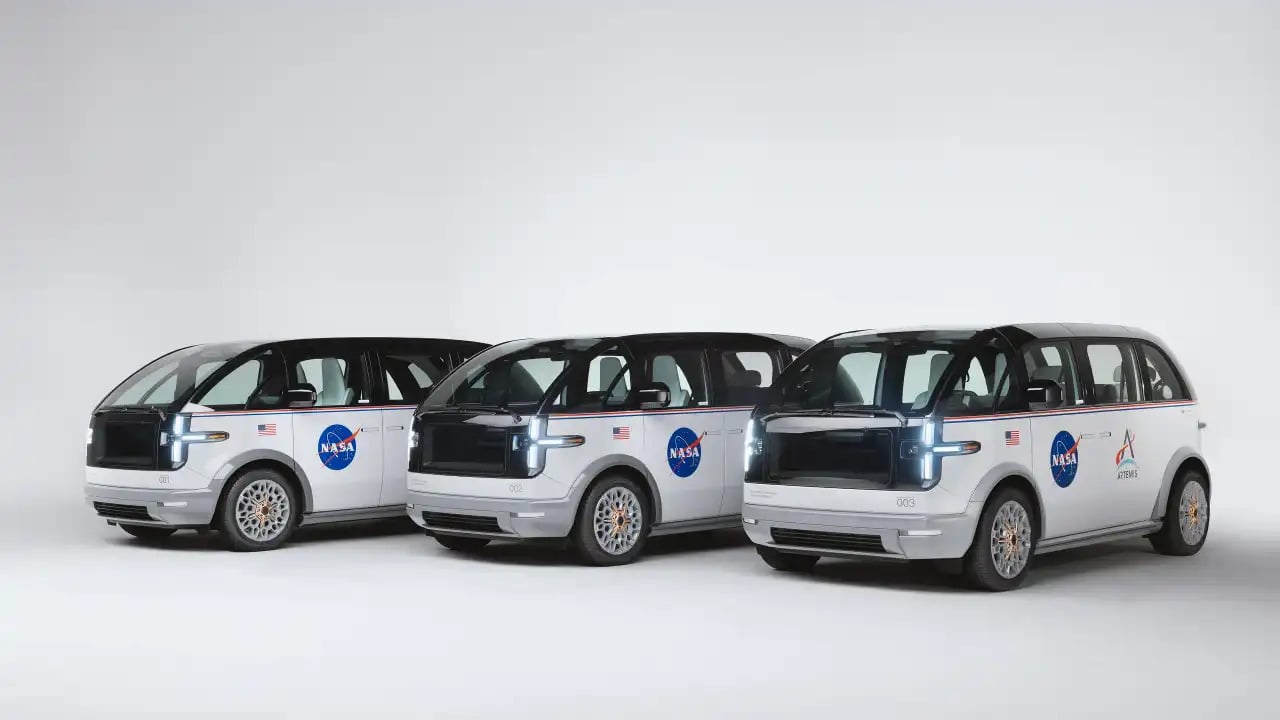

EV company Fisker has declared bankruptcy. The company filed chapter 11, and has assets estimated between $500m – $1 billion, with liabilities somewhere between $1 – $10 billion.
This isn’t the company’s first trip to bankruptcy court, having filed previously in 2013. The company’s pattern of exciting concept vehicles, followed by delayed production and poor reception is a recipe for disaster. The recently released Fisker Ocean was declared ‘the worst car i’ve ever tested‘ by YouTube personality MKBHD.
While not unexpected, the turn for the worse has others asking which EV company will declare bankruptcy next. EV sales are in a slump, with many new vehicle buyers preferring the familiarity of a hybrid or traditional ICE vehicle. Tesla (Nasdaq: TSLA) the US leader in EVs has had to reduce prices to drive sales, Hertz has walked back it’s once lofty goal to purchase 100,000 Teslas and is now selling tens of thousands at fire sale prices, citing hiring than expected maintenance costs.
So let’s look a the landscape of EV startups and see which company may be next to go belly up.
Lucid (Nasdaq: LCID)
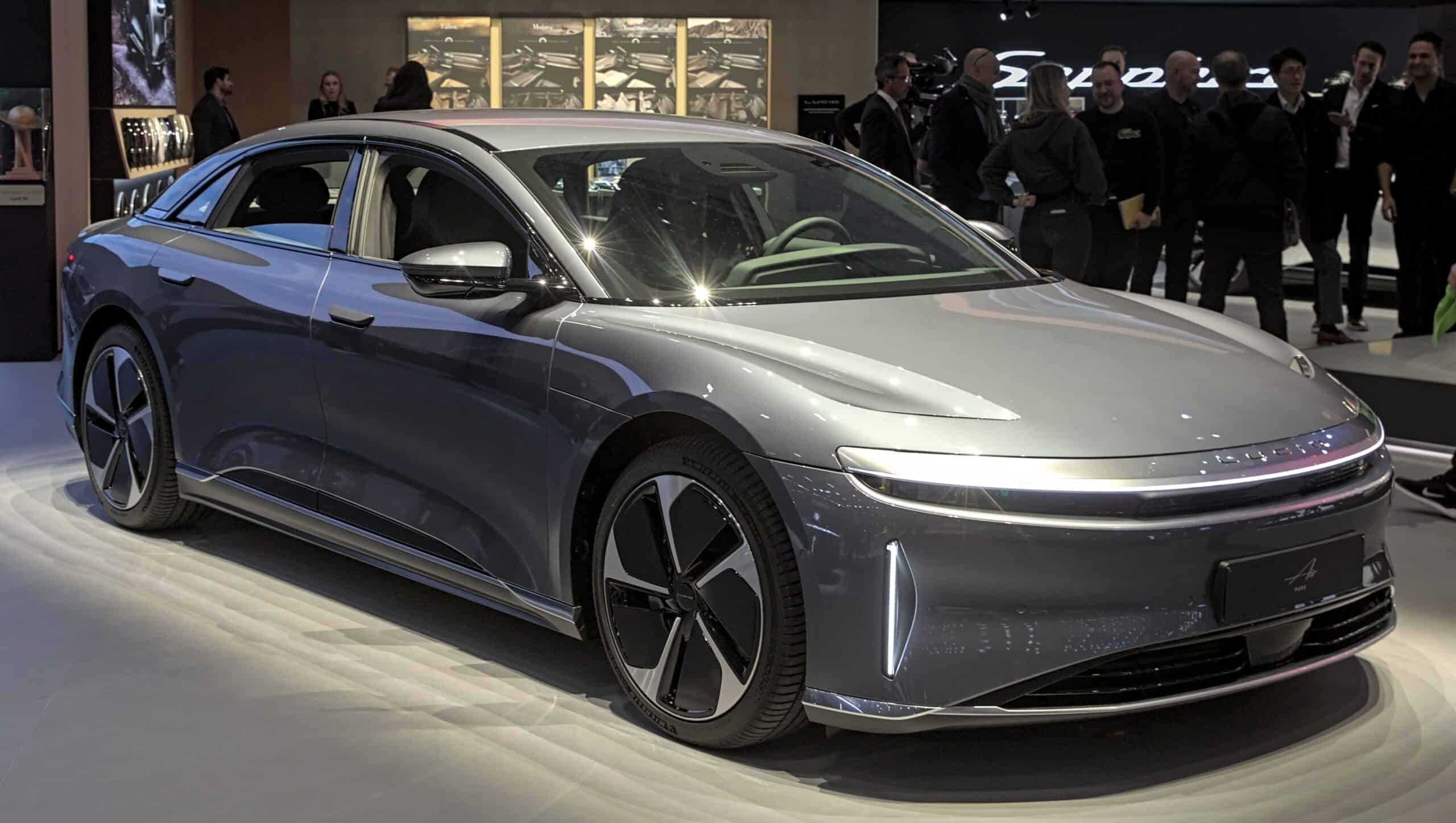
Lucid is an interesting company. CEO Bernard Tse originally came from Tesla. The flagship Air Sapphire sedan has received rave reviews for it’s performance, but has been critiqued for an unreasonably high price. And despite what appears to be solid underlying engineering the company has struggled with sales. Lucid only has one model today, available in different trims.
In the last twelve months the company has recorded $618 million in revenue, up modestly from $608 million in 2022, and $595 million in 2023. Meanwhile, operating expenses continue to balloon and the company is burning just shy of $3b a year in net income. The company barely sold over 6,000 vehicles in 2023, and is forecasting 9,000 in 2024. But with the recent change in buyer preferences, that seems far out of reach. The forthcoming gravity SUV faces very difficult competition from Tesla, Rivian, and others.
And yet, the company appears able to continue pulling financing rabbits out of their hat via their major investor, the Saudi Public Investment Fund. The fund had invested $5.4 billion into the company previously, and announced an additional $1b lifeline earlier this year.
Verdict: With a deep pocketed investor and a tolerance for losses, Lucid is not likely to declare bankruptcy any time soon and could survive for well over a year with their current balance sheet and sales.
Faraday Future (Nasdaq: FFIE)
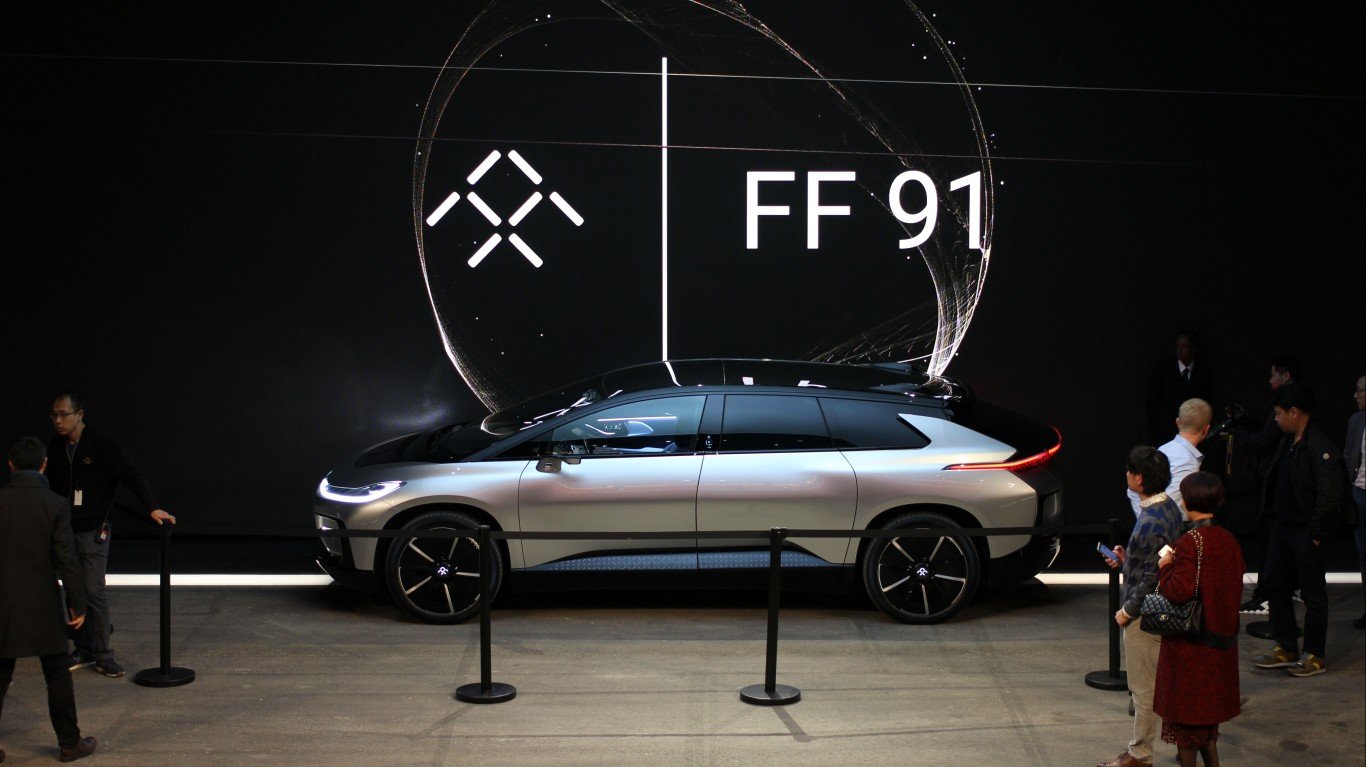
Faraday Future delivered a whopping 10 vehicles in 2023, and only recorded $784,000 in revenue for the year. With a market cap of only $187 million and liabilities of over $3oo million, the market has spoken. This company isn’t going to make it. In 2023 the company reported a $431 million loss. Certainly an improvement over 2022’s $602 million, but too far gone to save. A string of leadership challenges, a confusing and over-priced model line up (models start at $309,000), and no actual traction with real buyers this one appears doomed for the trash bin.
The most recent presentation tries to make good on AI excitement with numerous mentions of artificial intelligence, but it’s too little too late.
Verdict: Bankruptcy is inevitable
Polestar Automotive (Nasdaq: PSNY)
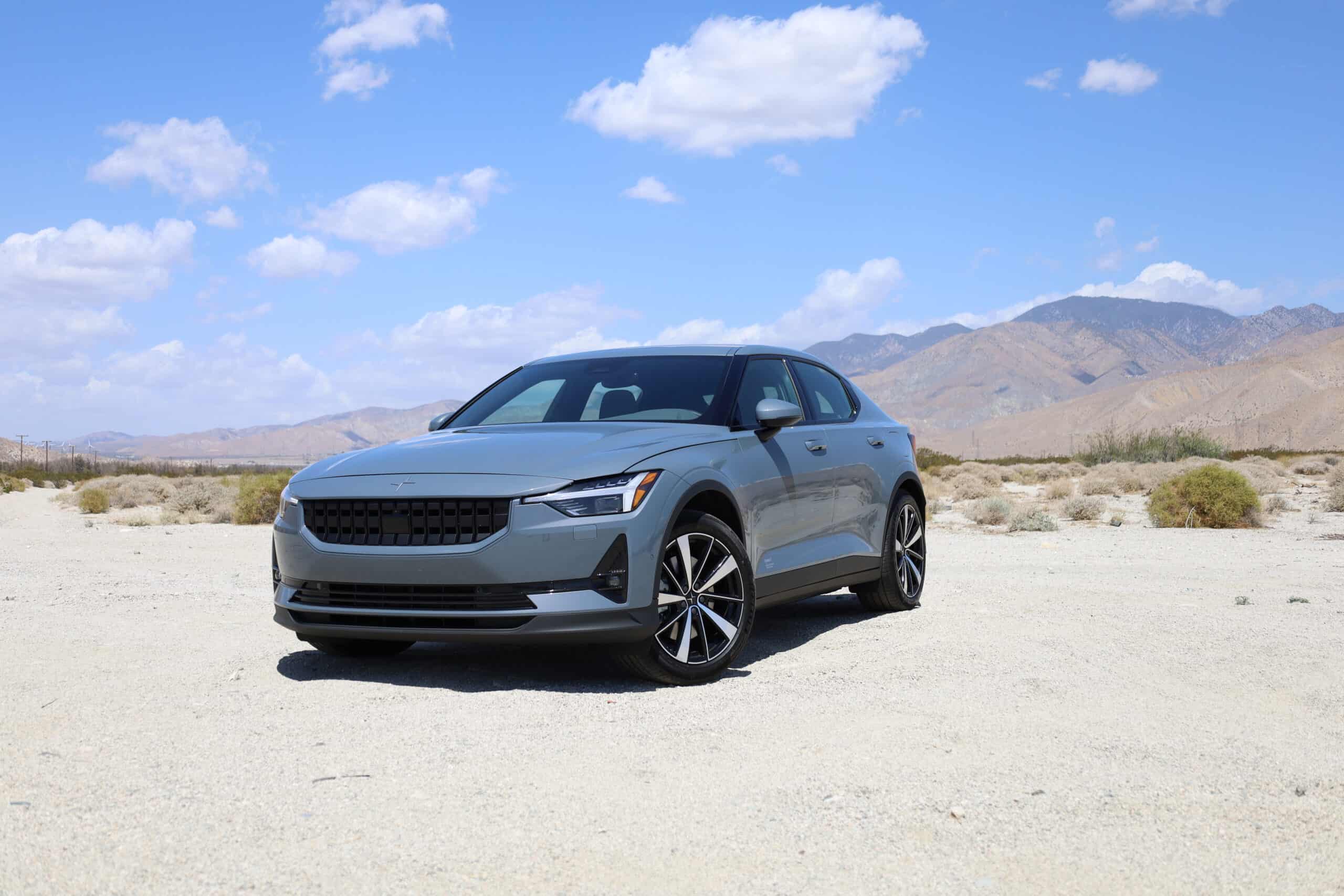
Polestar is one of the youngest EV companies here. The company was founded in 2017 after being spun out of Volvo as a performance division. More recently, parent company Geely has taken more control of Polestar as Volvo sheds shares. Polestar also got caught up in the Hertz EV excitement, with the rental car company initially committing to buying 65,000 vehicles. But those plans have changed and Hertz has stopped buying. That’s a huge blow, but there are still bright spots.
Unlike other EV companies here Polestar has a more complete lineup of vehicles with the Polestar 2 sedan, Polestar 3 SUV, and Polestar 4 performance SUV. And it has demonstrated real traction. Polestar saw $2.8 billion in sales in the LTM as of September, 2023 and delivered 7,200 vehicles in the first quarter of 2024.
The company also recently announced $950 million in secured funding, as well as production starting in China.
Verdict: With new funding, a clarified ownership structure with Geely, growing sales, an expanded line up, and expansion to China forthcoming Polestar looks safe for now.
The Rest Of The Class
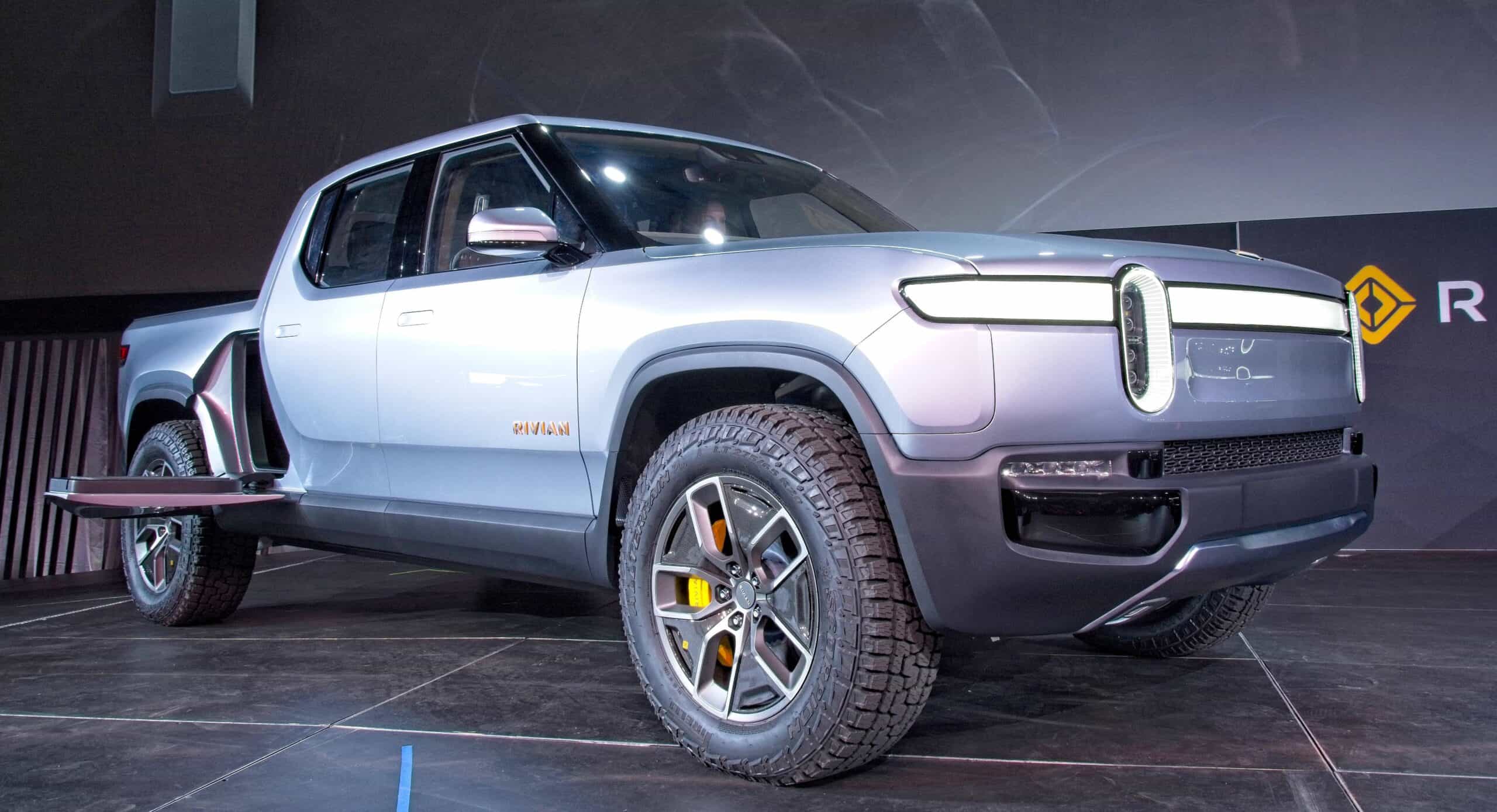
There are plenty of other candidates to consider for US EV makers. Tesla isn’t an option, with the Model Y being the best selling car globally last year. The company is doing just fine.
Rivian (Nasdaq: RIVN) may be struggling with waning EV demand, but has a strong balance sheet at nearly $6b in cash, with a R1 refresh coming, and the smaller R2 SUV and compact R3, the company will be ok for the immediate future and isn’t at risk of bankruptcy. And as we’ve seen with Lucid, there are still investors out there willing to cut large checks to backstop EV companies, if needed.
Canoo (Nasdaq: GOEV) is a $122m company today without a mass market presence. The company is so far contained to commercial fleet commitments from Kingbee, Wal-Mart (NYSE: WMT), and others. But there is a grand total of less than 20k vehicles across them. As we saw with Rivian and Amazon (Nasdaq: AMZN) commercial van order (or Hertz and Tesla) large orders are easy to commit to, and harder to materialize. The company hasn’t broken $1m in revenue in the last year.
Verdict: Destined for bankruptcy
Thank you for reading! Have some feedback for us?
Contact the 24/7 Wall St. editorial team.



